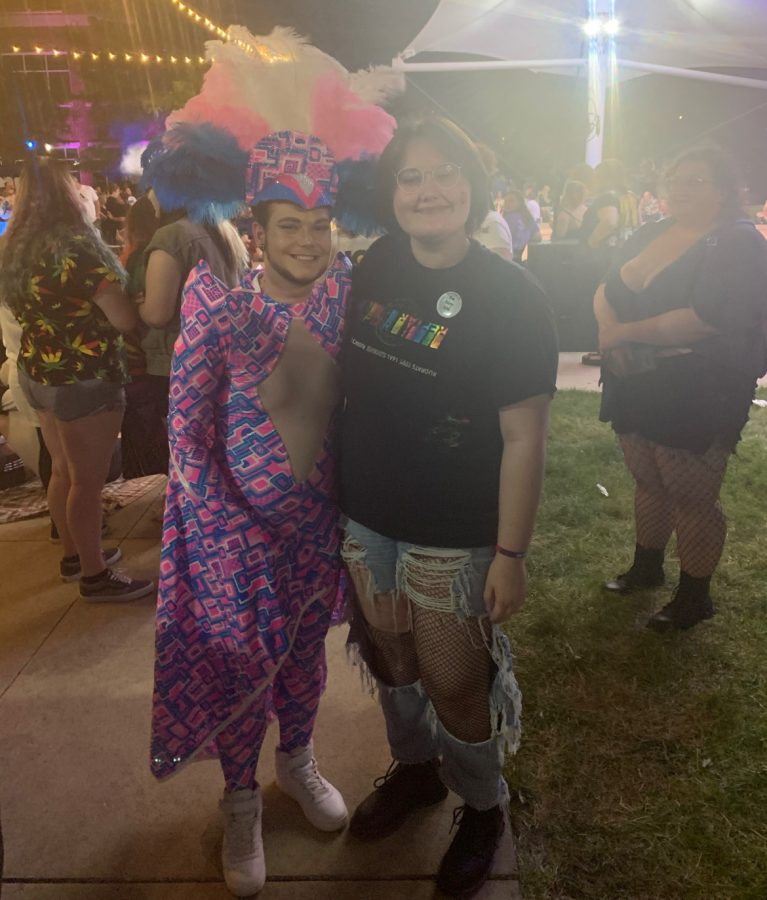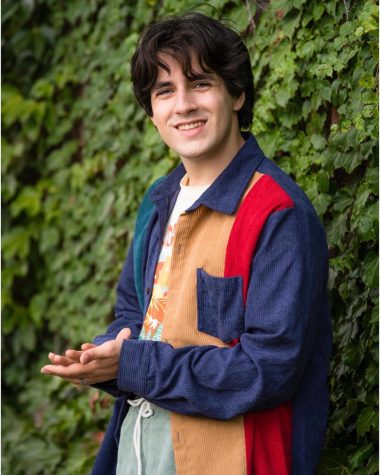Lucky youth have fond thoughts of their high school days. But for others, being a teenager is nothing short of a nightmare.
In the frenzy of puberty, fractured friendships and the whirlwind of high school, some students face an added layer of difficulty. Whereas most adolescents blossom towards the end of their teenage-hood, queer teens, especially in less-populous areas, are told to simply wait.
They are told to wait—for a relationship, to move to a more accepting area or until they are out of an environment that threatens them for being their true selves. The struggle of queer teens cannot be understated.
For many, their deviance from the typical teenage trail starts at puberty. While straight teens just begin to feel attraction to the opposite sex, queer teens may feel a fundamental lack of understanding. Why does this inherent divide between boys and girls that has existed for all of childhood suddenly dissipate?
This divide breaks down when one sees something different in themselves. Some of them are queer.
There’s no one-size-fits-all pattern. While many members of the queer community unearth this aspect of themselves early in their lives, others don’t truly see themselves until they’re elders. There are even reports of queer people coming out as late as age 90. Still, the majority of queer people realize that they are queer in their early teens, the age of pubescent struggle.
This period of taxing deliberation is exacerbated by religion and social stigma. Sure, major metropolitan areas may accept or even encourage coming out as queer, but the Quad Cities is not as thoroughly populated as cities like New York and Los Angeles—and thereby not as welcoming. The Quad-City Times reports that Davenport has received worsening scores from the Human Rights Campaign on their “municipal equality index scorecard.” Many, like Senior Grace Habben, believe that there are changes to be made in our community to make it a safe space for queer youth. “In general, the Quad Cities and PV is a lot more accepting of the LGBT community than other areas, but there are definitely improvements that can be made, including holding people accountable for saying homophobic things or bullying LGBT people just for being themselves,” Habben informed.
After braving the mental juggernaut of questioning one’s sexuality, what’s next? For many, their queer journey ends here. For some, however, the toughest challenges are still just over the horizon.
Coming out as queer is a mountain few climb. It’s not necessary, and many people never publicly announce their sexuality in their lifetime. However, a few are open and willing to share who they are—even in the face of danger and adversity. Students like Junior Mason Neil lead other queer students by being proud of who they are. “I’ve known I was different for a really, really long time, even before I started fifth grade. It was comforting to know I was different, but I still wanted to have friends, which was very difficult… Fortunately, as I’ve progressed throughout high school, teachers have become much more accepting of everybody, regardless of sexuality, race, or gender (if applicable), and that’s been cool to see,” Neil explained.
When queer people finally realize who they are, come out and show the world that they aren’t afraid to be proud, surely they can finally have their normal teen experience, right?
Wrong. Queer people don’t see sunshine and rainbows after coming out. In fact, the most challenging stretch of being queer is enduring social stigmatization. At PV, many students face threats and harassment for presenting their sexual and gender identities. “Coming into high school was a very different experience, because most of the projection is purely straight, so conforming to such standards was difficult for me to process… I was singled out as sort of the weird kid of the grade,” Neil continued. Even more students are expected to act a certain way when they come out. Gay men, for example, are not only the subject of intense criticism, but also tokenized by straight women looking for a “gay best friend.”
Beyond high school, many queer people endure relentless hate and tokenization for the duration of their lives.
After queer teens have braved self-actualization, come to terms with their sexuality, come out and endured social stigma, the rest of the teenage experience can’t possibly be any more dissimilar for straight and queer students, right?
As expected, there’s always another mountain, and it comes down to the very meaning of sexuality. While straight teens get experience dating in high school, their queer counterparts are left desolate. There are so few options that should queer students feel a desire to be in a relationship, they often pine after unrealistic interests. It leads them to be underdeveloped when they finally do enter the dating scene, and in some cases, drives queer teens to seek relationships with predatory adults. It’s not just about feeling lonely, that much is certain.
Being a queer teen is not just a matter of “playing for the other team.” It’s a series of daily challenges that last well beyond the age of juvenile deviance and youthful ignorance. Some ask “Is it worth it?” “Does the love for oneself felt by accepting one’s queer identity make up for the injustices faced by an increasing portion of our youth?” The answer is simple: without a doubt.









